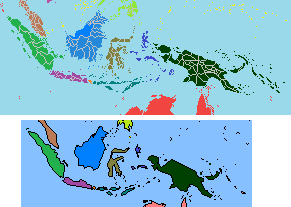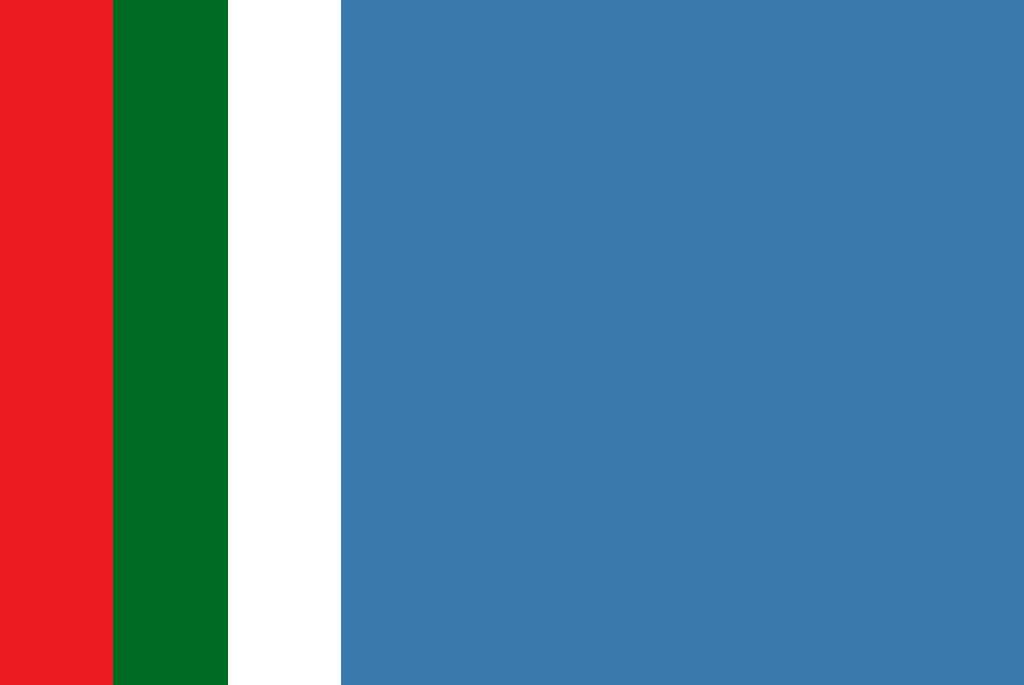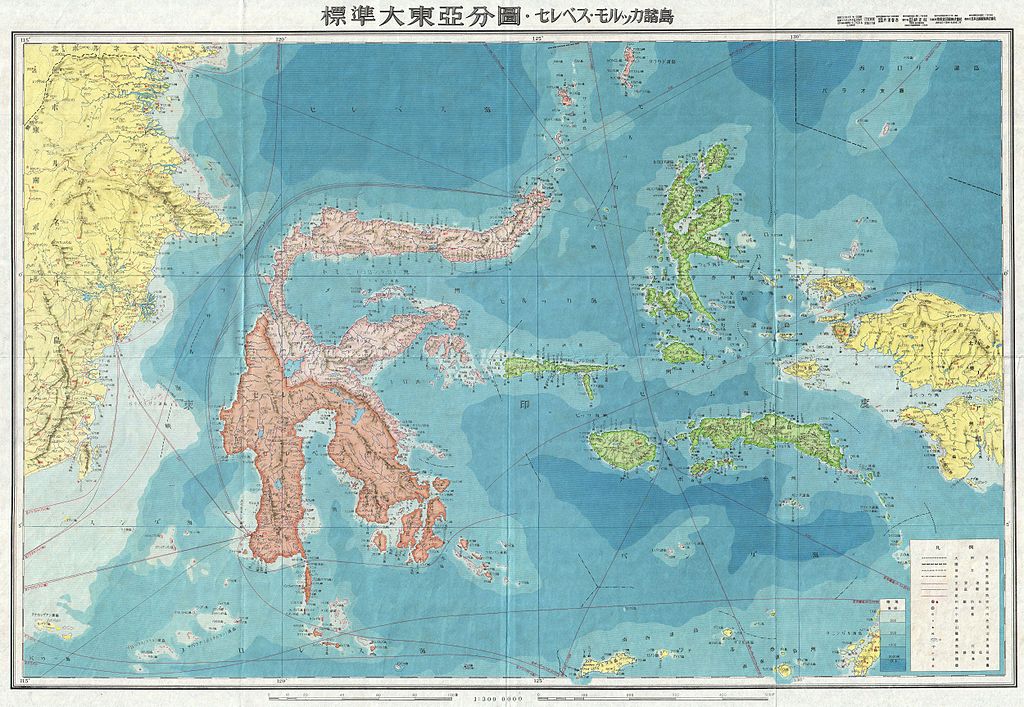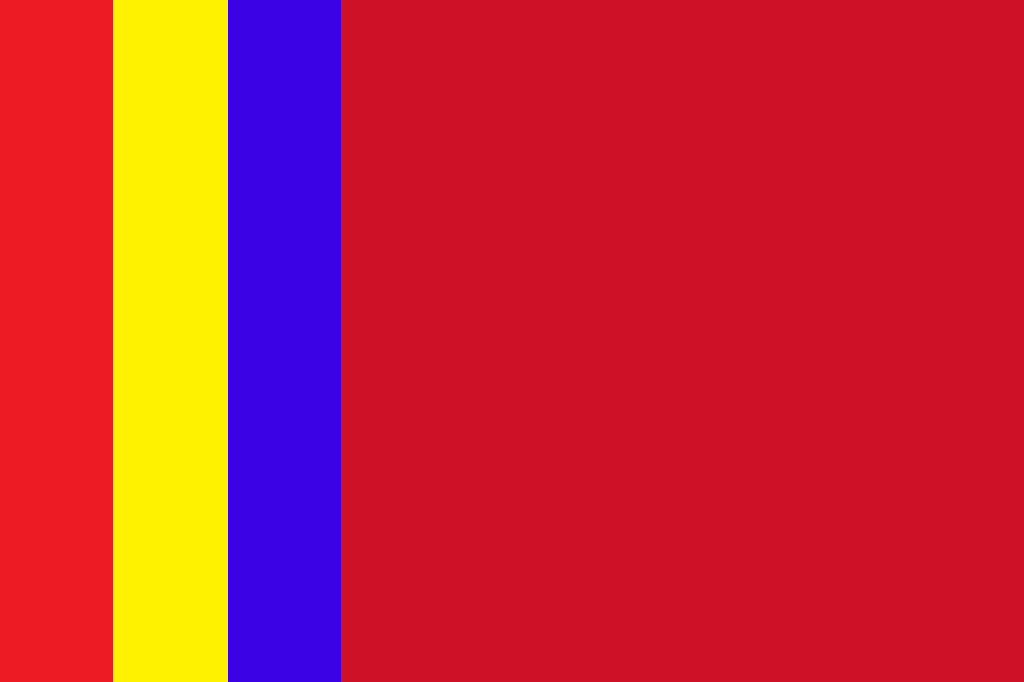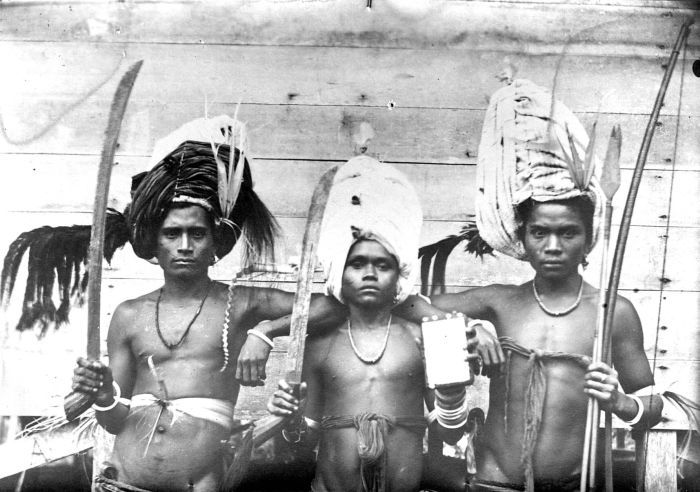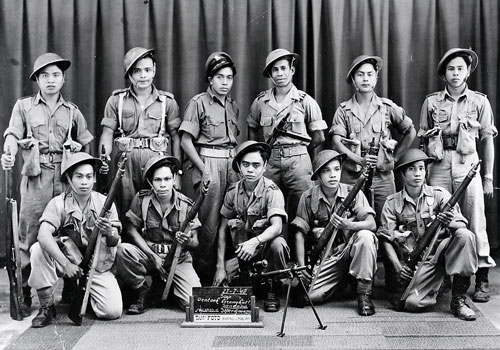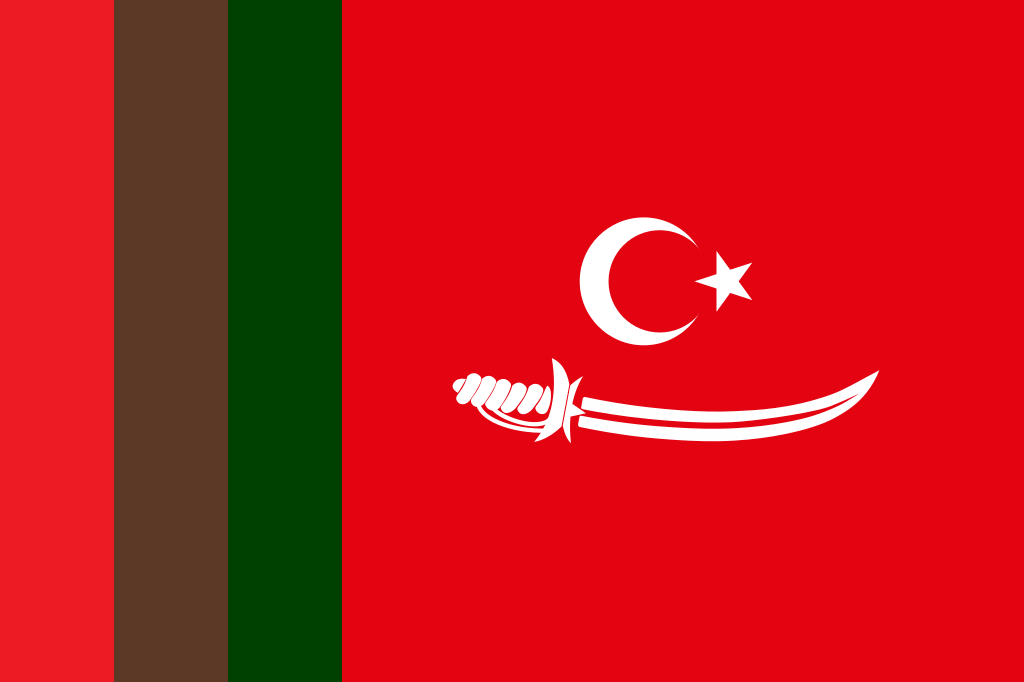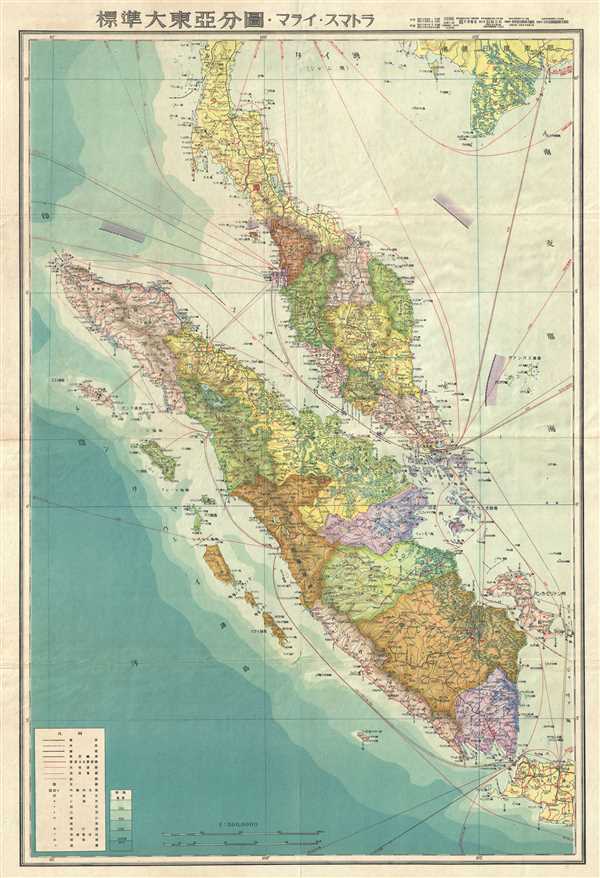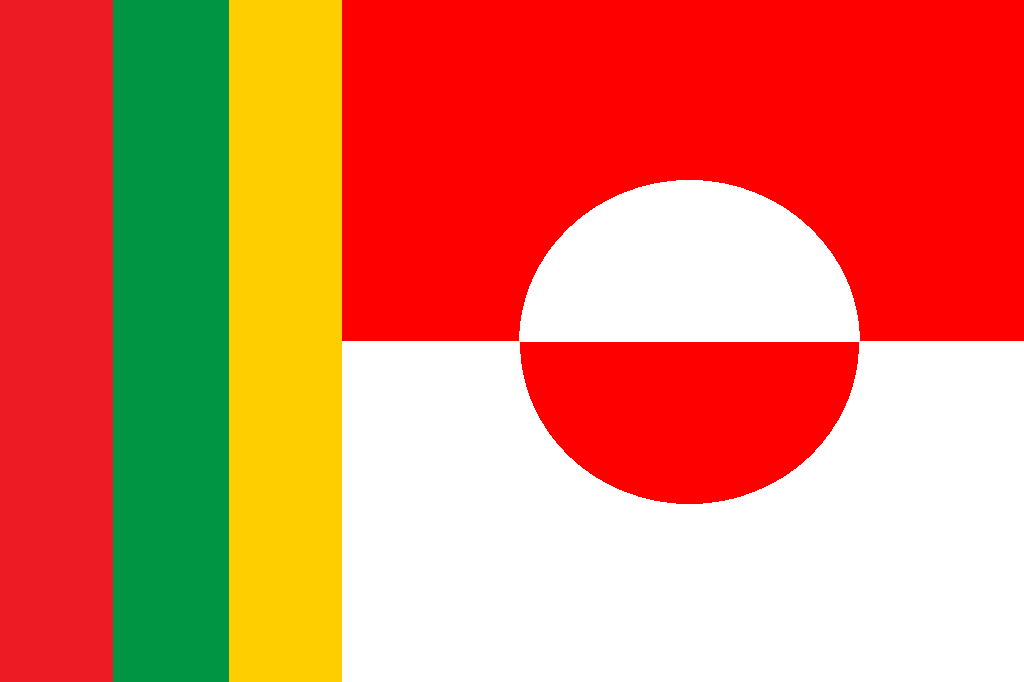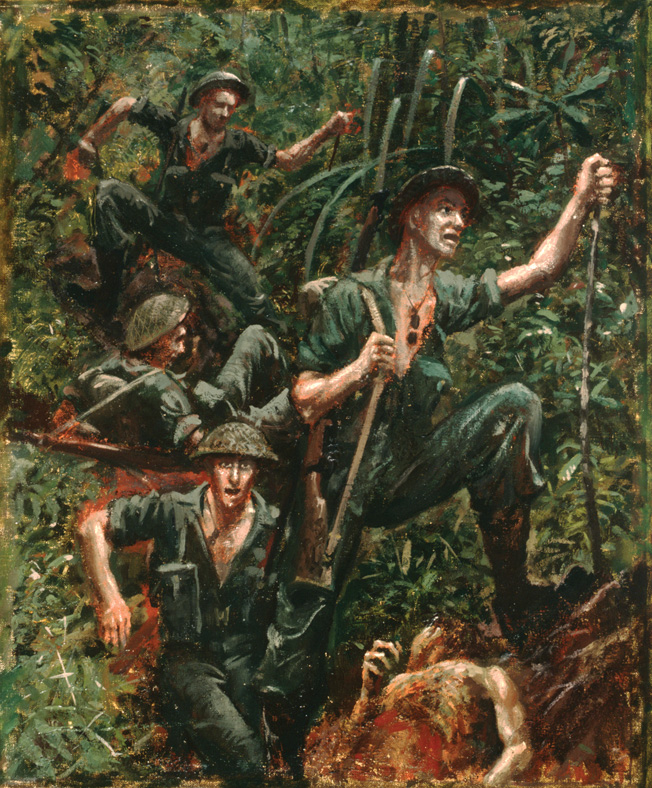Chapter 168: The Co-Prosperity Sphere Advances – Part 4: The Liberation of Indonesia/ Dutch East Indies

The Japanese Empire and the Co-Prosperity Sphere liberated the Dutch East Indies during the Second Great War, starting in February. The period was one of the most critical in Indonesian history and would lead to a series of new member states of the Co-Prosperity Sphere becoming independent. Under Imperial German occupation, the Netherlands had little ability to defend its colony against the Imperial Japanese Army and Navy, and less than three months after the first attacks on Borneo, the Japanese navy and army overran Dutch and allied forces. Right from the start, most Indonesians joyfully welcomed the Japanese as liberators from their Dutch colonial masters. The sentiment changed, however, as some Indonesians endure more hardship for the Japanese war effort. The occupation itself was the first and last serious challenge to the Dutch in Indonesia and ended the Dutch colonial rule. Unlike the Dutch, the Japanese facilitated the politicisation of Indonesians down to the village level. Particularly in Java and, to a lesser extent, Sumatra Celebes, the Moluccas and New-Guinea, the Japanese educated, trained and armed many young Indonesians and gave their nationalist leaders a political voice just like in other liberated new member regions of the Co-Prosperity Sphere.
Until December 1941, Indonesia was colonized by the Netherlands and was known as the Dutch East Indies. In 1929, during the Indonesian National Awakening, Indonesian nationalist leaders Sukarno and Mohammad Hatta (later founding President and Vice President in Java Karaton/ Empire), foresaw a Pacific War and that a Japanese advance on Indonesia might be advantageous for the independence cause. The Japanese spread the word that they were the 'Light of Asia'. Japan was the only Asian nation that had successfully transformed itself into a modern technological society at the end of the 19th century and it remained independent when most Asian countries had been under European or American power, and had beaten a European power, Russia, in war. Following it's engagement in the Chinese Civil War, Japan and the Co-Prosperity Sphere turned their attention to Southeast Asia advocating to other Asians to become a free member state of their, which they described as a type of protection and trade zone under Japanese leadership. The Japanese had gradually spread their influence through Asia in the first half of the 20th century and during the 1920s and 1930s had established business links in the Indies. These ranged from small town barbers, photographic studios and salesmen, to large department stores and firms (Japanese Zaibatsu Conglomerates) such as Suzuki and Mitsubishi becoming involved in the sugar trade.
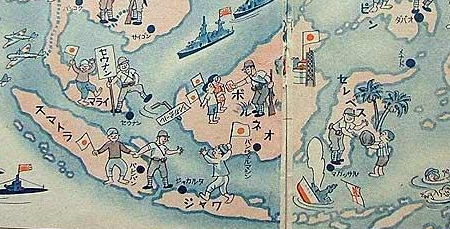
The Japanese population peaked in 1931, with 6,949 residents before starting a gradual decrease, largely due to economic tensions between Japan and the Netherlands Indies government. A number of Japanese had been sent by their government to establish links with Indonesian nationalists, particularly with Muslim parties, while Indonesian nationalists were sponsored to visit Japan. Such encouragement of Indonesian nationalism was part of a broader Japanese plan for an 'Asia for the Asians'. While most Indonesians were hopeful for the Japanese promise of an end to the Dutch racially based system, Chinese Indonesians, who enjoyed a privileged position under Dutch rule, were less optimistic. Also concerned were members of the Indonesian communist underground who followed the Soviet Union's popular united front against monarchism and fascism. Japanese aggression in Manchuria and itÄs involvement in the Chinese Civil War in the late 1930s caused anxiety among the Chinese in Indonesia who set up funds to support the anti-Japanese effort. Dutch intelligence services also monitored Japanese living in Indonesia.
In October 1941, Madjlis Rakjat Indonesia, an Indonesian organization of religious, political and trade union groups, submitted a memorandum to the Dutch East Indies Government requesting the mobilization of the Indonesian people in the face of the war threat. The memorandum was refused because the Government did not consider the Madjlis Rakyat Indonesia to be representative of the people. Within only four months, the Japanese had occupied the archipelago.
In December the American-British-Dutch-Australian Command (ABDACOM) was formed to co-ordinate Allied forces in South East Asia, under the command of General Archibald Wavell. In the weeks leading up to the invasion, senior Dutch government officials went into exile taking political prisoners, family, and personal staff to Australia. Before the arrival of Japanese troops, there were conflicts between rival Indonesian groups where people were killed, vanished or went into hiding. Some of these groups would later be used by the Japanese to play the Indonesian Nationalist against one another. Chinese- and Dutch-owned properties were ransacked and destroyed.
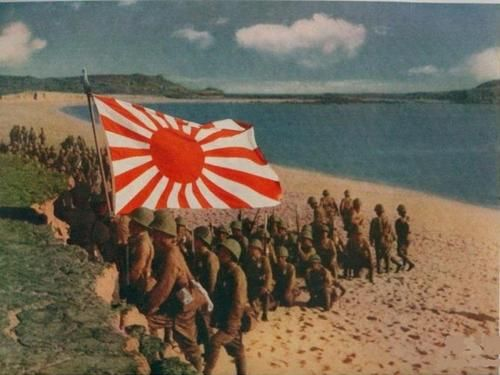
The invasion in early October 1941 was swift and complete. By December 1941, parts of Sulawesi and Kalimantan were under Japanese control. By January, the Japanese had landed on Sumatra where they had encouraged the Acehnese to rebel against the Dutch. On 19 February, having already taken Ambon, the Japanese Eastern Task Force landed in Timor, dropping a special parachute unit into West Timor near Kupang, and landing in the Dili area of Portuguese Timor to drive out the Allied forces which had invaded in November. On 27 January, the Allied navy's last effort to contain Japan was swept aside by their defeat in the Battle of the Java Sea and the Battle of Sunda Strait were the united ABDACOM Fleets (including remnant parts of the US Pacific Fleet that had earlier merged with the US Philippine Fleet and retreaded south) were beaten once again. From 28 February to 1 March 1942, Japanese troops landed on four places along the northern coast of Java almost undisturbed. The fiercest fighting had been in invasion points in Ambon, Timor, Kalimantan, and on the Java Sea. In places where there were no Dutch troops, such as Bali, there was no fighting. On 9 March, the Dutch commander surrendered along with Governor General Jonkheer A. W. L. Tjarda van Starkenborgh Stachouwer.
The Japanese liberation was greeted with optimistic enthusiasm by Indonesians who came to meet the Japanese army waving flags and shouting support such as "Japan is our older brother" and "banzai Dai Nippon". As the Japanese advanced, rebellious Indonesians in virtually every part of the archipelago killed groups of Europeans (particularly the Dutch) and informed the Japanese reliably on the whereabouts of larger groups. As famed Indonesian writer Pramoedya Ananta Toer noted: "With the arrival of the Japanese just about everyone was full of hope, except for those who had worked in the service of the Dutch."

The dutch colonial army was consigned to detention camps and Indonesian soldiers were released to form local militias and armies under the Japanese. Expecting that Dutch administrators would be kept by the Japanese and the new governments to run the new nation states, most Dutch had refused to leave. Instead, they were sent to concentration camps and Japanese or Indonesian replacements were installed in senior and technical positions. Japanese troops took control of government infrastructure and services such as ports and postal services. In addition to the 100,000 European (and some Chinese) civilians interned, 80,000 Dutch, British, Australia, and US Allied troops went to prisoner-of-war or labor camps where the death rates were between 13 and 30 percent.
The Indonesian ruling class (composed of local officials and politicians who had formerly worked for the Dutch colonial government) co-operated with the Japanese military authorities, who in turn helped to keep the local political elites in power of the new nation states and employ them to supply newly arrived Japanese industrial concerns and businesses and the armed forces (chiefly auxiliary military and police units run by the Japanese military in the former Dutch East Indies). Indonesian co-operation allowed the Japanese military government to focus on securing the large archipelago's waterways and skies and using its islands as defence posts against any Allied attacks (which were assumed to most likely come from Australia). The new Japanese colonial rulers liberatet Indonesia into various separate regions; Sumatra was placed under the 25th Army, Java and Madura were under the 16th Army, while Borneo and eastern Indonesia were controlled by the 2nd South Fleet of the Imperial Japanese Navy (the IJN). The 16th Army and the 25th Army were headquartered in Bukittinggi. The 16th Army was headquartered in Jakarta, while the IJN's 2nd South Fleet was headquartered in Makassar.
Experience of the occupation varied considerably, depending upon where one lived and one's social position. Many thousands of people were taken away from Indonesia as forced laborers (romusha) for Japanese military projects, including the Burma-Siam and Saketi-Bayah railways, and suffered or died as a result of ill-treatment and starvation. Between four and 10 million romusha in Java were forced to work by the Japanese military. About 270,000 of these Javanese laborers were sent to other Japanese-held areas in South East Asia. Tens of thousands of Indonesians were to starve, work as slave laborers, or be forced from their homes. In the National Revolution that followed, tens, even hundreds, of thousands, would die in fighting against the Japanese, and other Indonesian Organisations. A later Imperial Japanese investigation report stated that four million people died in Indonesia as a result of famine and forced labor during the Japanese occupation, including 30,000 European civilian internee deaths. A Dutch government study described how the Japanese military recruited women as prostitutes by force in Indonesia. Young women (and their families), faced with various pressures in the internment camps or in wartime society, agreed to offers of work, the nature of which was frequently not explicitly stated.

Materially, whole railway lines, railway rolling stock, and industrial plants in Java were appropriated and shipped back to Japan and Manchuria, or other new member states of the Co-Prosperity Sphere that were now liberated in South Asia, South-East Asia and the Pacific. British intelligence reports during the occupation noted significant removals of any materials that could be used in the war effort. Next to Sutan Sjahrir who led the student (Pemuda) underground, the only prominent opposition politician was leftist Amir Sjarifuddin who was given 25,000 guilders by the Dutch in early 1942 to organize an underground resistance through his Marxist and nationalist connections. The Japanese arrested Amir in 1943, and he only escaped execution following intervention from Sukarno, whose popularity in Indonesia and hence importance to the war effort was recognized by the Japanese. Apart from Amir's Surabaya-based group, the most active pro-Allied activities were among the Chinese, Ambonese and Manadonese. In South Kalimantan, Indonesian nationalists and Japanese established Islamic States under Japanese Protection as a member states of the Co-Prosperity Sphere.
The Japanese orchestrated the use of Malay elites and Arabs, a few Chinese, Javanese, Manadonese, Dayaks, Bugis, Bataks, Minangkabau, Dutch, Indians, and Eurasians, including all of the Malay Sultans to form their new independent states for the Co-Prosperity Sphere and assassinated these opposing their plans or ready to plot against their rule. The Japanese and the Borneo Sultanate claimed that some of the ethnic groups and organizations on Borneo such as the Islamic Pemuda Muhammadijah were involved in a plot to overthrow the Japanese Co-Prosperity Sphere and the Sultanate to create a "People's Republic of West Borneo" (Negara Rakyat Borneo Barat). The Japanese and the Brunei Sultan claimed that- "some Sultans, Chinese, Indonesian government officials, Indians and Arabs, who had been antagonistic to each other, joined together to massacre Japanese and our government member.", naming the Sultan of the Pontianak Sultanate as one of the "ringleaders" in the planned rebellion. Up to 25 aristocrats, relatives of the Sultan of Pontianak, and many other prominent individuals were named as participants in the plot by the Japanese investigators and then executed at Mandor. The Sultans of Pontianak, Sambas, Ketapang, Soekadana, Simbang, Koeboe, Ngabang, Sanggau, Sekadau, Tajan, Singtan, and Mempawa were all executed by the Japanese, respectively, their names were Sjarif Mohamed Alkadri, Mohamad Ibrahim Tsafidedin, Goesti Saoenan, Tengkoe Idris, Goesti Mesir, Sjarif Saleh, Goesti Abdoel Hamid, Ade Mohamad Arif, Goesti Mohamad Kelip, Goesti Djapar, Raden Abdul Bahri Danoe Perdana, and Mohammed Ahoufiek. They are known as the "12 Dokoh" and the Brunei Sultan confiscated their territory for his own royal family.
In Java, the Japanese jailed Syarif Abdul Hamid Alqadrie, the son of Sultan Syarif Mohamad Alkadrie (Sjarif Mohamed Alkadri). Since he was in Java during the executions Hamid II was the only male in his family not killed, while the Japanese beheaded all 28 other male relatives of Pontianak Sultan Mohammed Alkadri. Among the 29 people of the Sultan of Pontianak's family who were beheaded by the Japanese was the heir to the Pontianak throne. Later the Dayaks assassinated a Japanese man named Nakatani, who was involved in the incident and who was known for his cruelty. Sultan of Pontianak Mohamed Alkadri's fourth son, Pengeran Agoen (Pangeran Agung), and another son, Pengeran Adipati (Pangeran Adipati), were both killed by the Japanese in the incident. The Japanese had beheaded both Pangeran Adipati and Pangeran Agung, in a public execution. The Japanese extermination of the Malay elite of Pontianak paved the way for a new Dayak elite to arise in its place. Some Japanese were killed in a rebellion by the Dayaks in Sanggau. This rebellion, during which many Dayaks and Japanese were killed, was called the "Majang Desa War". The Pontianak Incidents, or Affairs, are divided into two Pontianak incidents by scholars, variously categorised according to mass killings and arrests, which occurred in several stages on different dates. The Pontianak incident negatively impacted the Chinese community in Kalimantan.
Some Acehnese Ulama (Islamic clerics) who didn't support the Sumatran Sultanate fought against both the Dutch and the Japanese, revolting against the Dutch in January 1942 and against Japan in Octobre 1942. The revolt was led by the All-Aceh Religious Scholars' Association ( PUSA). The Japanese suffered 18 dead in the uprising while they slaughtered up to 100 or over 120 Acehnese. The revolt happened in Bayu and was centred around Tjot Plieng village's religious school. During the revolt, the Japanese troops armed with mortars and machine guns were charged by sword wielding Acehnese under Teungku Abduldjalil (Tengku Abdul Djalil) in Buloh Gampong Teungah and Tjot Plieng on 10 and 13 November. In May the next year the Acehnese rebelled again and could continue to do so over the course of the Second Great War until 1944.
In the decades before the war, the Dutch had been overwhelmingly successful in suppressing the small nationalist movement in Indonesia such that the Japanese proved fundamental for coming independence movements in Indonesia. During the occupation, the Japanese encouraged and backed Indonesian nationalistic sentiments, created new Indonesian institutions, and promoted nationalist leaders such as Sukarno. The openness now provided to Indonesian nationalism, combined with the Japanese destruction of much of the Dutch colonial state, were the fundamental to the new emerging independent island nation states that were becoming member states of the

Within only two months of the occupation, the Japanese did not allow the political use of the word Indonesia as the name for a nation, neither did they allow the use of the nationalistic (red and white) Indonesian flag. In fact "any discussion, organization, speculation or propaganda concerning the political organization or government of the country Indonesia" (also in the media) was strictly forbidden by the Japanese. Their main goal was to split up the Dutch East Indies into separate regions and states. Just like the Philippines, Tokio prepared Indonesia for independence in 1942 as new members and puppet vassal states for it's Co-Prosperity Sphere. Secretly Tokio also decided to annex certain regions of Indonesia as later colonies for the Greater Japanese Empire. Independence as a part of the Co-Prosperity Sphere was in their mind only a partly goal to later annex some of this island nations (mostly the smaller outer islands of Indonesia that were only partly populated and settled by now, but had rich resources and economic power) and reform them as Japanese provinces once a certain majority of Japanese would have settled there.
The Japanese Empire perceived Java as the most politically sophisticated but economically the least important area; its people were Japan's main resource. As such (and in contrast to Dutch suppression) the Japanese encouraged Indonesian nationalism in Java to form their own nation state and thus increased its political sophistication. Similar encouragement of nationalism in the strategic resource-rich Sumatra came later the same year to secure the south-west flank and to limit the influence and power of Islamic resells on the island. The outer islands that stayed under naval control, however, were regarded as politically backward but economically vital for the Japanese war effort, and these regions were governed more militaristic, despite creating puppet regimes to support their war effort and defenses there too. These experiences and subsequent differences in nationalistic politicization and movements helped the Japanese to split up the various independence movement that dreamed of a united Indonesia in some kind of Republic of Indonesia (Indonesian: Negara Republik Indonesia, NRI) or Republic of the United States of Indonesia (Indonesian: Republik Indonesia Serikat, RIS).

To gain support and mobilize Indonesian people in their war effort against the Allied forces, Japanese liberation forces encouraged Indonesian nationalistic movements in Borneo, Sumatra, Java, Celebes, Timor, the Moluccas and New-Guinea and recruited Indonesian local nationalist leaders like Sukarno, Hatta, Ki Hajar Dewantara and Kyai Haji Mas Mansyur to rally the people's support for mobilization center Putera (Indonesian: Pusat Tenaga Rakyat) beginning in 1942. Some of these mobilized populations were sent to forced labour as romusha. At the same time these new nation states were created out of Indonesia, the Japanese military provided Indonesian youth with military training and weapons, including the formation of a volunteer army called PETA (Pembela Tanah Air – Defenders of the Homeland) to use as police, militia and soldiers. The Japanese military training for Indonesian youth was meant to rally local support for the new governments and states of the Co-Prosperity Sphere, but also to help lift the burden the Japanese Army and Navy together with some minor new members of the Co-Prosperity Sphere had to carry alone until then.
